
- HOME
- Products
- Sodium Hypochlorite Generator
- Sodium hypochlorite generator sewage treatment plant display
Sodium hypochlorite generators are widely used in sewage treatment plants, mainly for disinfection and sterilization.
Effective chlorine production: 50-60000g/H
Effective chlorine concentration: 3-10g/L
Installed power: 0.3-90KW
Host size: Customized delivery cycle: 7-25 days
WhatsApp:+86 19953182842
Email: henry@hoclshine.com
Project Display
Shine sodium hypochlorite generator has multiple application cases in sewage treatment plants, and the effective chlorine
production can range from 50g-60KG.

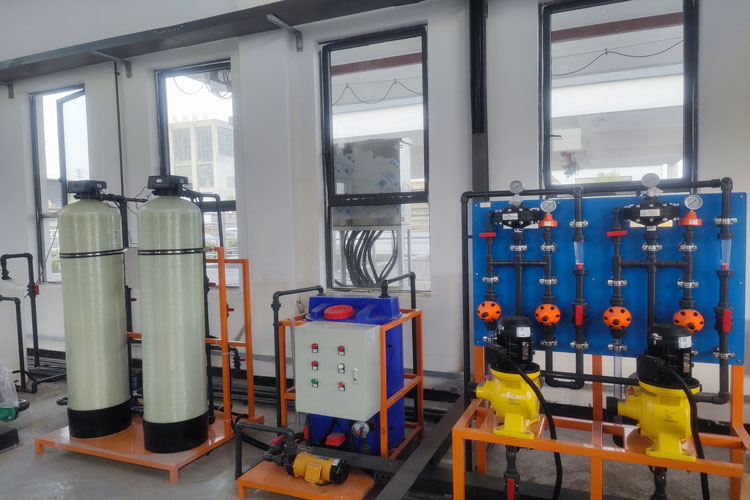
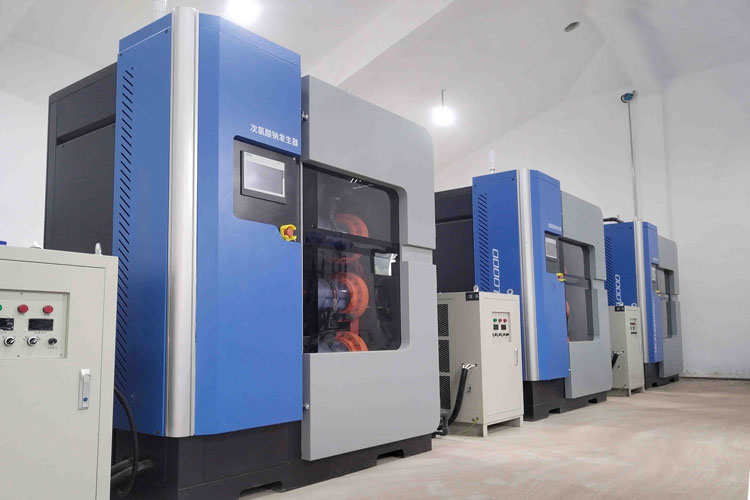
Product parameter
| Effective chlorine production | 50-60000g/h |
| Effective chlorine concentration | 3-10g/L |
| Installed power | 0.3-90KW |
| Host size: Customized delivery cycle | 7-25 days |
| +86 19953182842 | |
| henry@hoclshine.com |
Product Details
Sodium hypochlorite generator has many advantages in water quality disinfection and sterilization, and has gradually become
a choice for more and more users. In the past, chlorine gas was widely used to disinfect and sterilize water quality, but this
sterilization method also has many disadvantages. It has gradually been replaced by disinfection and sterilization methods
such as sodium hypochlorite generator. So, what are the advantages of using sodium hypochlorite generator for disinfection
compared to chlorine gas?
1. Accurate dosing, compared to chlorine gas, achieves residual chlorine content in the factory water, and consumes relatively
less sodium hypochlorite solution. Due to the incomplete dissolution of chlorine gas when added to water, a certain excess
coefficient needs to be considered. When the same amount is added, sodium hypochlorite has a good affinity for water and
can dissolve in any ratio with water. The effect is better than adding chlorine gas, and the operation is safe and convenient to use;
2. The attenuation of residual chlorine in the pipeline network disinfected by sodium hypochlorite is slightly slower than that of
free residual chlorine in chlorine gas disinfection. The main reason is that the hydrolysis of sodium hypochlorite in water is slower
than that of chlorine gas, and it is alkaline and has a more sustainable disinfection ability;
3. Compared with chlorine gas disinfection, sodium hypochlorite has lower safety risks, does not pose any leakage hazards to
human life safety, and does not produce toxic or harmful by-products. Studies have shown that during sodium hypochlorite
disinfection, dichloroacetic acid (DCAA) in the factory water is lower than that in liquid chlorine disinfection, while trichloroacetic
acid (TCAA) is basically equivalent. When sodium hypochlorite is used for disinfection, trihalomethanes (THMs) in the factory
water are lower than liquid chlorine, and carbon tetrachloride (CCl4) is basically equivalent to the two. Overall, the amount of
sodium hypochlorite disinfection by-products is lower than that of liquid chlorine.
4. Sodium hypochlorite will not cause severe corrosion to metal pipelines like chlorine reacts with water to form hydrochloric acid.
At the same time, it is easy to transport and raw materials are readily available.
Qualification certificate
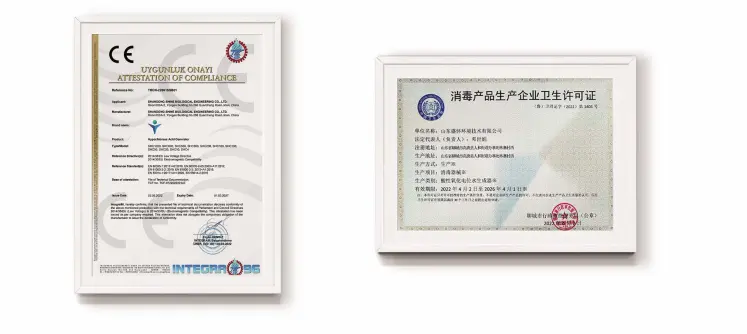
Application
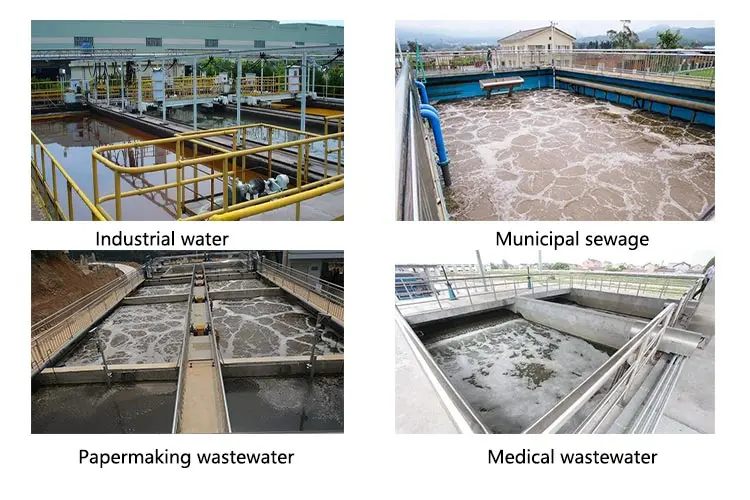
Factory appearance

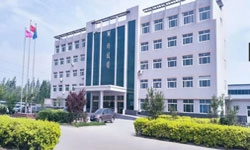
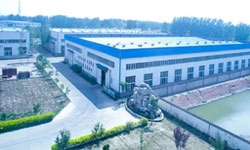
Customer negotiation



Submitted successfully
We will contact you as soon as possible